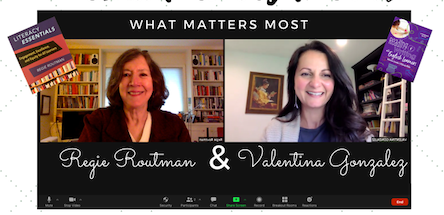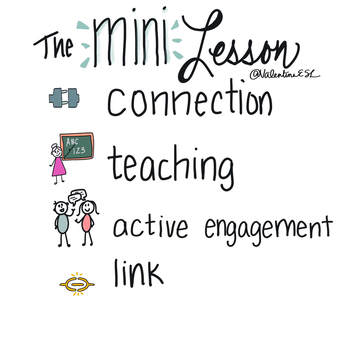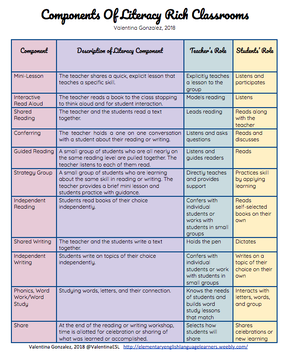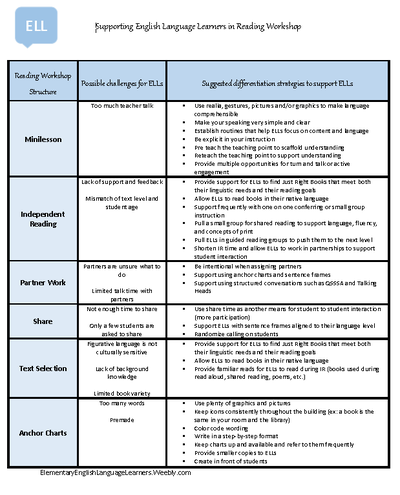|
On May 11, I had the honor to sit in a virtual room with THE Regie Routman about teaching readers NOT teaching reading. Yes, we carefully thought that out because we both believe the center of instruction should be around children always. I'm delighted to share this conversation with you.
2 Comments
Do you remember when you were in school and your teacher said it was time for read aloud? I don't know about you, but for me, that was a joyous time. It was a time for my imagination to soar. I could take the words that were flowing so eloquently from her mouth and create a movie in my mind. I loved it.
As a classroom teacher, reading aloud to my own students became my favorite thing to do (maybe because it was magical for me as a child). I wanted to share that experience with them. But I also wanted to lift the level of learning a notch. Rather than this time being only a time for input, I was hoping to create some opportunities for output as well. ENTER Interactive Read Alouds! In the last post the focus was an overview of literacy components. This article will zoom in on just the mini lesson. The goals are to:
The next few posts will be related to one another regarding the topic of literacy instruction as it pertains to English learners. The focus will be specifically on supporting English learners in English Language Arts classrooms and accommodating instruction and materials to promote growth and success.
But let's begin by setting the foundation for our work with some common definitions or terms. As a co-teacher, you might wonder how co-teaching fits in with the components of literacy. Or you might be a main stream (general education) teacher that has a co-teacher and you wonder how to best utilize two teachers in the room during reading and writing instruction. Many ESL teachers co-teach in classrooms during reading and writing blocks. It's important to know which co-teaching approaches fit best with each component of literacy instruction.
A huge part of balanced literacy and a workshop setting is conferring with students. Conferring allows for maximum differentiation to meet specific instructional needs for students. But when we serve students who are also learning English, there is a need to accommodate the way we confer. After years of conferring with ELLs and tons of reading in the field, here are my tips for conferring with ELLs.
These supporting documents have been in high demand and are in various blog posts on this blog. So I decided to put them all in one post for easy access. This is a one stop shop where you can find the supporting documents to shelter instruction in the content areas. Please feel free to share them with your teacher colleagues as they are meant to help all educators and students. These supports are not just for English Language Learners. ALL learners who need extra help will benefit!
|
Categories
All
|
||||||||||||||||||||||||













 RSS Feed
RSS Feed
